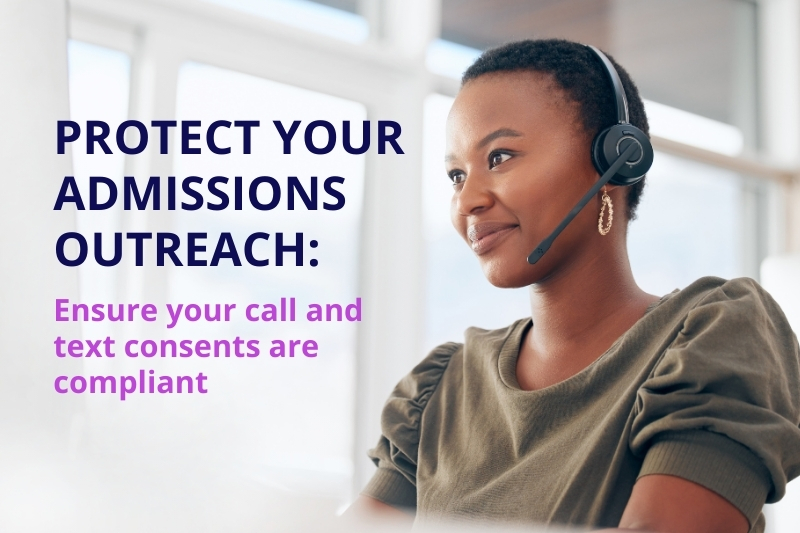In the ever-evolving landscape of higher education admissions, the significance of effective communication while building relationships between an institution and its future students cannot be overstated. Whether reaching out to new prospective students, nurturing unconverted leads, or maintaining relationships with alumni, the quality of email and text communications plays a pivotal role in shaping the success of your enrollment efforts. In this article, we delve into why better-quality email and text communications are paramount for fostering meaningful conversations with prospective students.
Why Quality is important
One of the primary reasons why high-quality email and text communications are crucial in higher education admissions is the opportunity they provide for relationship-building and creating a personalized admissions experience for prospective students. Gone are the days of generic mass emails that end up in the spam folder. Today’s prospects expect personalized messages tailored to their interests, aspirations, and circumstances.
Quality Breeds Connection:
Consider the case of a prospective student, let’s call her Sarah. She expresses interest in a school’s nursing program but has concerns about the program’s alignment with her career goals. Instead of receiving a generic email encouraging Sarah to enroll, Sarah receives a personalized email message addressing her concerns directly. The email highlights various career opportunities within the nursing field and shares alumni success stories relevant to her interests. This tailored approach demonstrates that the institution understands Sarah’s needs and is invested in her success, thus laying the foundation for a more meaningful conversation.
Furthermore, personalization extends beyond just addressing the recipient by name. It involves leveraging data and insights to craft messages that resonate with individual prospects on a deeper level. By demonstrating a genuine understanding of the prospective student’s goals and challenges, higher education institutions can establish trust and rapport, paving the way for more productive interactions throughout the enrollment process.
Timeliness Enhances Engagement:
In today’s fast-paced digital world, attention spans are fleeting, and opportunities can be lost in an instant. This reality underscores the importance of timely and responsive communication in higher education sales. Whether it’s responding promptly to inquiries or sending timely updates and reminders, the ability to stay connected with prospects in real-time is paramount.
Imagine a scenario where a prospective student, Alex, is weighing his options between multiple universities. He reaches out to each institution for more information about their scholarship and financing opportunities. University A responds promptly, providing detailed information about available scholarships, application deadlines, and eligibility criteria. On the other hand, University B takes several days to respond with a generic email lacking specific details.
In this scenario, University A’s timely and informative response not only addresses Alex’s immediate concerns but also demonstrates their commitment to a high-quality customer experience. As a result, Alex is more likely to engage in further conversations with University A, potentially leading to enrollment. Conversely, University B’s delayed response may have already caused Alex to lean towards other options, highlighting the significance of timeliness in capturing and maintaining prospect interest.
Authenticity Builds Trust:
In an age where skepticism abounds and authenticity is prized, genuine and transparent communication is key to building trust with prospective students. Higher education institutions that prioritize authenticity and are able to articulate their unique value proposition (“uvp”) in their email and text communications are better positioned to foster meaningful connections and cultivate lasting relationships with prospects.
Consider the example of a prospective student, James, who receives an email from a school promoting trade programs. Instead of generic marketing language and stock photos, the school’s communications feature testimonials from students who participated in the program, sharing their personal experiences, how they overcame challenges, and how the school helped set them up for future success – using real stories told by real people.
By showcasing authentic voices and real-life stories, the school not only captures James’s attention but also instills confidence in the credibility and value of its offerings. James is more likely to trust the institution and consider its trade programs as a viable option for his career journey.
Moreover, authenticity extends beyond the content of the message to the tone and voice used in communication. Higher education institutions that adopt a human-centered approach, with genuine empathy and sincerity, are better equipped to connect with prospects on a deeper emotional level. This authenticity fosters a sense of belonging and community, essential factors in influencing enrollment decisions.
If your admissions communications could use some retooling, there are easy ways you can improve the quality of your prospective student communications today:
- Send value-added content
Don’t waste your opportunity to build true value for prospective students by sending generic communications like “Thanks for reaching out, someone in Admissions will get back to you.” or only sending repeated requests for enrollment like “Enroll now.” or “Apply now.” Instead, take time to provide your prospective students with valuable information regarding your institution, programs and career of interest and include insights as to why your institution is uniquely the best educational choice to get the student from where he or she is today to where he or she is trying to go.
- Tailor your communication strategy by marketing channel
While it’s nice to imagine that every inquiry has had the opportunity to visit your school’s website and is well-informed about what you have to offer, the fact is that only a small percentage of an institution’s lead flow typically originates organically from the school’s website. Often times, leads are generated through paid digital campaigns driven to landing pages, social media pages, third-party vendors or referrals. Most often in these cases, your prospective students have not visited your main website and may not know much about you. Meet your prospective students where they are. Develop a communications strategy for those lead sources that may be higher up in the sales funnel or where you know your inquiry is not exclusive to your institution and may be also shared with your competitors and use different strategies and key messaging for those inquiries that originate from sources that typically indicate a prospective student is closer to enrolling at your institution.
- Use video and images to make your communications more engaging
Email and text messaging has greatly evolved from where it first started but many institutions continue to limit themselves to standard text-based email and text messages. Take advantage of today’s technology and send email and mms messages with impactful visual images and video. This will make your communications stand out and be more engaging for your potential students, which will in turn make it more likely that prospective students will want to learn more about you.
Prospective students have lots of choices in today’s competitive market. The ability to connect with prospective students on a human level is not just a strategic advantage but a prerequisite for success in higher education admissions. By developing and distributing quality communications and deploying the right email and messaging strategies, institutions can foster more meaningful conversations with prospects, ultimately improving your admissions process and growing your student enrollment.
If you are looking for a better way to email, text and call your prospective students, Ynot can help you! Connect with us here on LinkedIn or contact us at www.ynotone.com.





